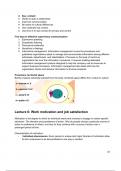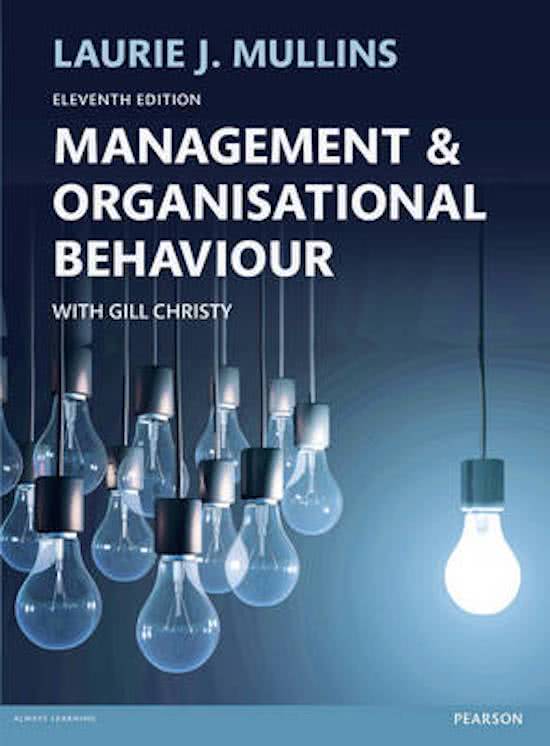2. Eye- contact:
● Useful to open a relationship
● Improves communication
● Be aware of cultural differences
● Use moderate eye contact
● Use time of no eye contact for privacy and control
Five keys to effective supervisory communication
1. Expressive speaking
2. Empathetic listening
3. Persuasive leadership
4. Sensitivity to feelings
5. Informative management: Information management covers the procedures and
guidelines organizations adopt to manage and communicate information among different
individuals, departments, and stakeholders. It focuses on the level of control an
organization has over the information it produces. It requires building dedicated
information management systems designed to help the company use its resources to
support business processes. Information management also deals with how the
organization shares and delivers information to diverse recipients.
Proxemics: territorial space
Bands of space extending outward from the body; territorial space differs from culture to culture.
Lecture 6: Work motivation and job satisfaction
Motivation is the degree to which an individual wants and chooses to engage in certain specific
behaviors. The direction and persistence of action. Why do people choose a particular course of
action in preference to others, and why do they continue with a course of action over a
prolonged period of time.
Characteristics of motivation:
- Individual phenomenon. Every person is unique and major theories of motivation allow
for this uniqueness to be demonstrated in one way or another.
33
, - Intentional: motivation is assumed to be under workers control, and behaviors are
influenced by motivation, such as efforts expended, are seen as choices of action
- Multifaceted: 2 factors: what get people activated (arousal), and force of an individual to
engage in desired behavior (direction or choice of behavior)
- Motivation is not the behavior itself and it is not performance. Motivation concerns action
and the internal and external forces which influence a person's choice of action.
Job performance = Motivation x Ability x Situational constraints
Job performance = How well someone performs the job
Motivation = effort put forth on the job
Ability = Capability to do the job
Situational constraints = External factors affecting performance
Theory M = direct cash rewards for above average performance.
Extrinsic and Intrinsic Motivation:
Extrinsic motivation: is related to ‘tangible’ rewards such as salary, promotion, the work
environment, contract of service etc.
Intrinsic motivation: is related to ‘psychological’ rewards such as the opportunity to use one's
ability, a sense of challenge and achievement, receiving appreciation
● attachment/affiliation: concerning the need for engagement and sharing; a feeling of
community and a sense of belonging to the company
● exploration/ assertion: concerning the ability to play and work, a sense of fun and
enjoyment, the need for self-assertion and the ability to choose.
Three-fold classification for review of motivation (needs and expectations at work):
- Economic rewards: pay, benefits, pension, material goods
- Intrinsic satisfaction: derived from the nature of the work itself, interest in the job,
personal growth and development
- Social relationships: friendships, group working, status, dependency
Content and process theories of motivation
Content theories:
- Maslow’s hierarchy of needs model
- Alderfer’s modified need hierarchy model
- Nohria’s four drives model of motivation
- Herzberg two-factor theory
- Mcclelland’s achievement motivation theory
Process theories:
- Vroom
- Porter and lawler
34





